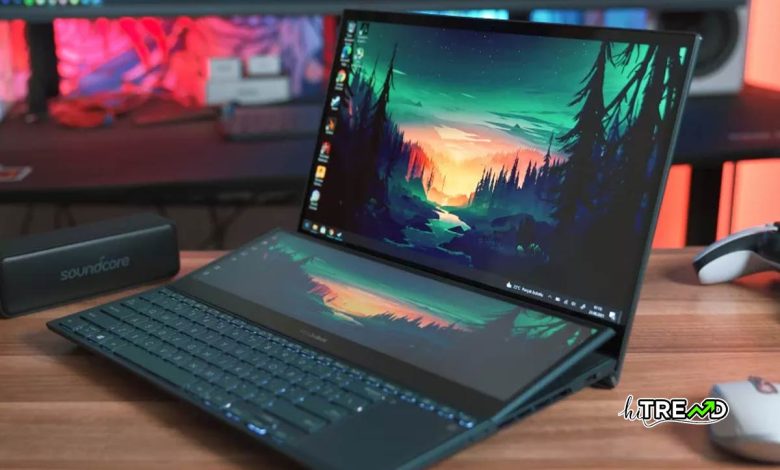Intel and BOE reveal 1 Hz laptop display tech to slash power consumption by 65%

A better mouse trap? Aside from the processor, one of the biggest enemies of laptop battery life is the display – particularly if it exceeds 400 nits of brightness and has a refresh rate over 90 Hz. Now, Intel and BOE have collaborated on a laptop screen called the “Winning Display 1 Hz,” which could dramatically cut power consumption. Intel and BOE reveal 1 Hz laptop display tech to slash power consumption by 65%
Winning Display’s headline feature is the ability to dynamically adjust the refresh rate to as low as one hertz when appropriate. The design uses AI algorithms to determine the refresh rates for individual tasks and conditions where a high rate isn’t required. A report from BOE’s recent Global Innovation Partner Conference claims that this technique reduces display power usage by up to 65 percent compared to traditional screens.
You can read more Technology articles
Another factor that helps battery life is Intel’s Intelligent Display Technology 2.0 platform, which has several other clever capabilities. One feature is Autonomous Low Refresh Rate, which can automatically throttle the refresh rate during semi-active workload scenarios. Another called “User-Based Refresh Rate” tracks mouse, head movement, and other behaviors to determine if the user is present. If the user is AFK, then it minimizes the refresh rate. Meanwhile, Intel’s PixOptix works to improve contrast while also reducing backlight power consumption. Intel and BOE reveal 1 Hz laptop display tech to slash power consumption by 65%
Perhaps most fascinating is the ability to independently adjust refresh rate and brightness levels across parts of the screen. For example, if you are watching a video and taking notes, the window showing the video can maintain a high smooth refresh rate, while the note-taking part of the screen uses a lower refresh to conserve power.
Standard OLED panels aren’t capable of variable refresh rates. Therefore, some manufacturers employ LTPO (low-temperature polycrystalline oxide), a backplane tech used in OLED displays to overcome this limitation. Not only is this capable of quickly switching between differing refresh rates, but it also uses much less battery than standard OLEDs.
Winning Display 1 Hz will debut in laptops powered by Intel’s Lunar Lake processors. While neither BOE nor Intel have officially announced or detailed this clever new display tech on their websites, the reports from BOE’s conference paint an exciting picture. Still, until official confirmation, take this news with a pinch of salt.
Follow HiTrend on X





